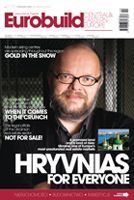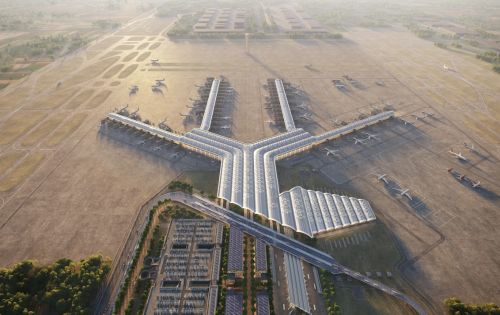Zuzanna WiakWhat are the main differences between pistes in the Alps and the Tatra mountains? Usually only the height. With skiing becoming an increasingly popular Polish pastime, European companies are enthusiastically getting in on the act Market experts believe that PLN 200 mln will be invested in Poland’s skiing infrastructure within the next two years. But these are by no means simple investments, largely because land in the mountains where hotels and ski-lifts can be built often belongs to several or even scores of owners. This is why many planned centres stay stuck at the drawing board stage for many years. But there are usually some exceptions to the rule. Two new ski lifts with additional infrastructure have been opened in Jurgów (Bukowina Tatrzańska) at a cost of PLN 14 mln. But consent had to be given by almost 400 people for this to materialize, while the company which currently owns the land has 270 shareholders. Krzysztof Brzeski, president of the Dwie Doliny (Tw






























































